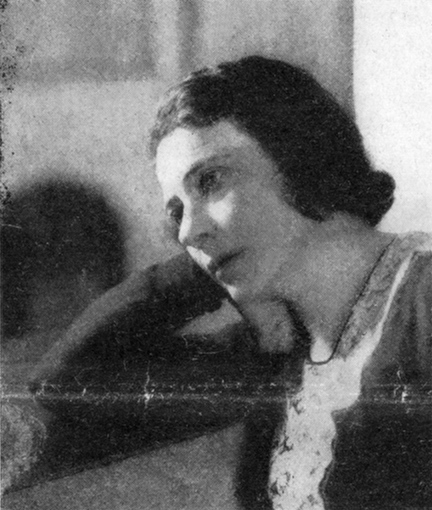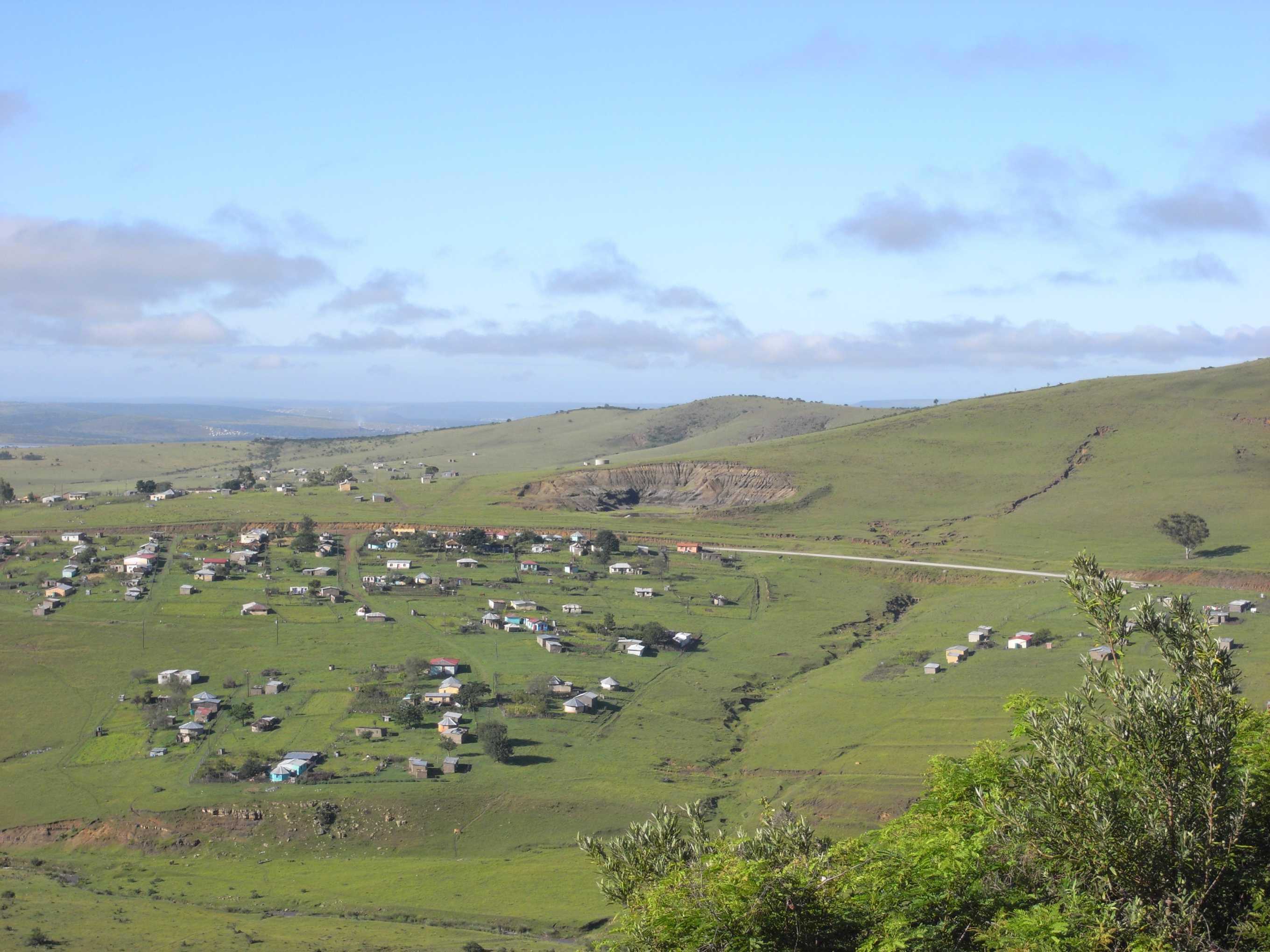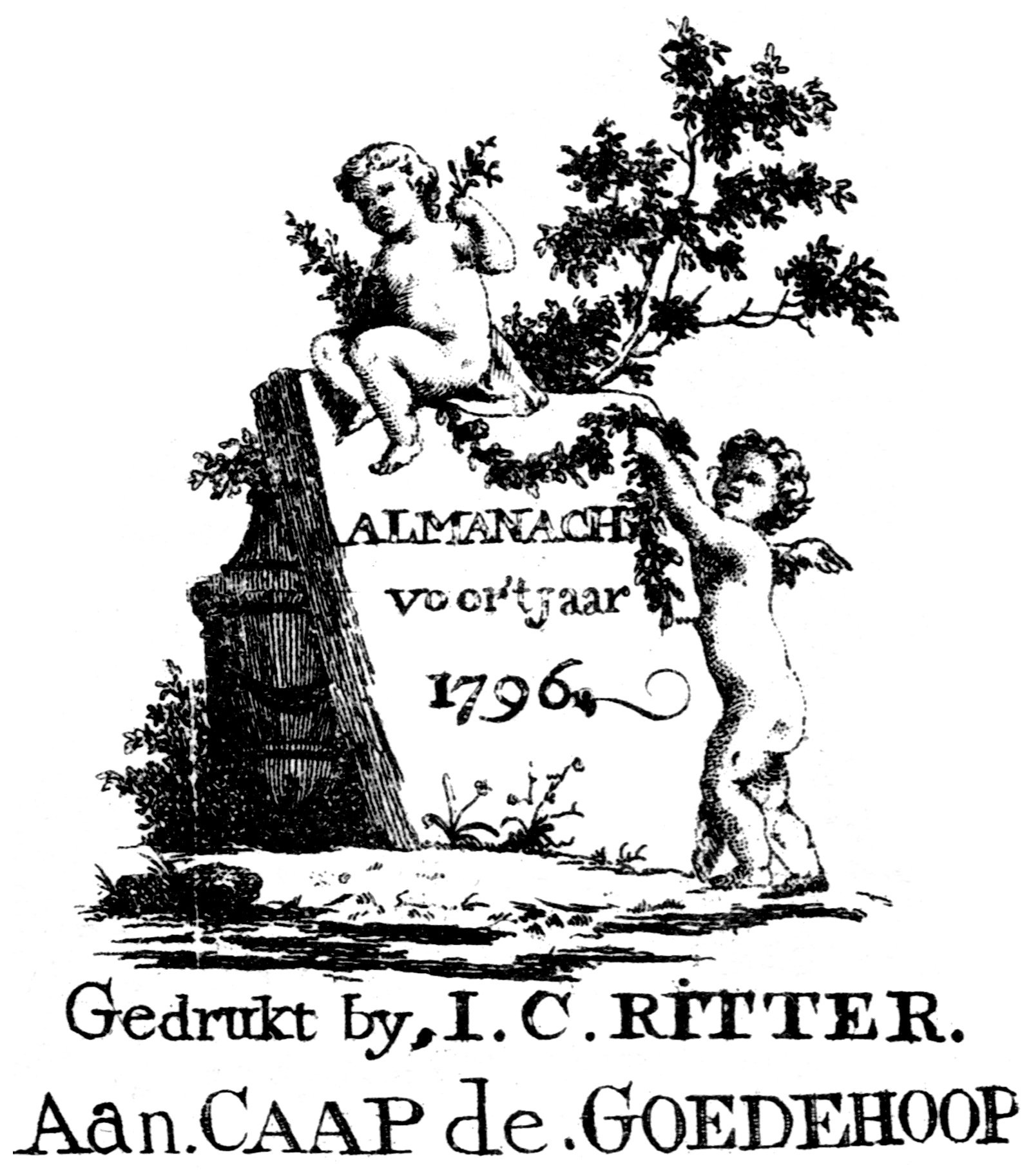|
Johannes Van Der Kemp
Dr Johannes Theodorus van der Kemp (17 May 1747 in Rotterdam – 15 December 1811 in Cape Town) was a military officer, doctor and philosopher who became a missionary in South Africa. Early life The second son of Cornelius van der Kemp, Rotterdam's leading reformed clergyman, and Anna Maria van Teylingen, he attended the Latin schools of Rotterdam and Dordrecht. He subsequently enrolled at the University of Leiden in 1763 where he studied medicine, but when his elder brother Didericus was appointed as professor of church history he abandoned his studies. Army career He joined the dragoon guards and fathered an illegitimate child, Johanna (‘Antje’), whom he brought up himself. In 1778 he fell in love with Christina (‘Stijntje’) Frank (d. 1791). He lived with her for a year before being reprimanded by the Prince of Orange on this irregular state of affairs. As a result, he both married Stijntje, on 29 May 1779, and quit the army. Return to medicine Returning to his medi ... [...More Info...] [...Related Items...] OR: [Wikipedia] [Google] [Baidu] |
Johannes Theodorus Van Der Kemp
Johannes is a Medieval Latin form of the personal name that usually appears as "John" in English language contexts. It is a variant of the Greek and Classical Latin variants (Ιωάννης, ''Ioannes''), itself derived from the Hebrew name '' Yehochanan'', meaning "Yahweh is gracious". The name became popular in Northern Europe, especially in Germany because of Christianity. Common German variants for Johannes are ''Johann'', ''Hannes'', ''Hans'' (diminutized to ''Hänschen'' or ''Hänsel'', as known from "''Hansel and Gretel''", a fairy tale by the Grimm brothers), '' Jens'' (from Danish) and ''Jan'' (from Dutch, and found in many countries). In the Netherlands, Johannes was without interruption the most common masculine birth name until 1989. The English equivalent for Johannes is John. In other languages *Joan, Jan, Gjon, Gjin and Gjovalin in Albanian *'' Yoe'' or '' Yohe'', uncommon American form''Dictionary of American Family Names'', Oxford University Press, 2013. *Yaḥy� ... [...More Info...] [...Related Items...] OR: [Wikipedia] [Google] [Baidu] |
London Missionary Society
The London Missionary Society was an interdenominational evangelical missionary society formed in England in 1795 at the instigation of Welsh Congregationalist minister Edward Williams. It was largely Reformed in outlook, with Congregational missions in Oceania, Africa, and the Americas, although there were also Presbyterians (notable for their work in China), Methodists, Baptists, and various other Protestants involved. It now forms part of the Council for World Mission. Origins In 1793, Edward Williams, then minister at Carr's Lane, Birmingham, wrote a letter to the churches of the Midlands, expressing the need for interdenominational world evangelization and foreign missions.Wadsworth KW, ''Yorkshire United Independent College -Two Hundred Years of Training for Christian Ministry by the Congregational Churches of Yorkshire'' Independent Press, London, 1954 It was effective and Williams began to play an active part in the plans for a missionary society. He left Birmingham ... [...More Info...] [...Related Items...] OR: [Wikipedia] [Google] [Baidu] |
1811 Deaths
Events January–March * January 8 – An unsuccessful slave revolt is led by Charles Deslondes, in St. Charles and St. James Parishes, Louisiana. * January 17 – Mexican War of Independence – Battle of Calderón Bridge: A heavily outnumbered Spanish force of 6,000 troops defeats nearly 100,000 Mexican revolutionaries. * January 22 – The Casas Revolt begins in San Antonio, Spanish Texas. * February 5 – British Regency: George, Prince of Wales becomes prince regent, because of the perceived insanity of his father, King George III of the United Kingdom. * February 19 – Peninsular War – Battle of the Gebora: An outnumbered French force under Édouard Mortier routs and nearly destroys the Spanish, near Badajoz, Spain. * March 1 – Citadel Massacre in Cairo: Egyptian ruler Muhammad Ali kills the last Mamluk leaders. * March 5 – Peninsular War – Battle of Barrosa: A French attack fails, on a larger Anglo-Portuguese-Sp ... [...More Info...] [...Related Items...] OR: [Wikipedia] [Google] [Baidu] |
1747 Births
Events January–March * January 31 – The first venereal diseases clinic opens at London Lock Hospital. * February 11 – King George's War: A combined French and Indian force, commanded by Captain Nicolas Antoine II Coulon de Villiers, attacks and defeats British troops at Grand-Pré, Nova Scotia. * March 7 – Juan de Arechederra the Spanish Governor-General of the Philippines, combines his forces with those of Sultan Azim ud-Din I of Sulu to suppress the rebellion of the Moros in the Visayas. * March 19 – Simon Fraser, the 79-year old Scottish Lord Loyat, is convicted of high treason for being one of the leaders of the Jacobite rising of 1745 against King George II of Great Britain and attempting to place the pretender Charles Edward Stuart on the throne. After a seven day trial of impeachment in the House of Lords and the verdict of guilt, Fraser is sentenced on the same day to be hanged, drawn and quartered; King George alters Fraser's ... [...More Info...] [...Related Items...] OR: [Wikipedia] [Google] [Baidu] |
André Brink
André Philippus Brink (29 May 1935 – 6 February 2015) was a South African novelist, essayist and poet. He wrote in both Afrikaans and English and taught English at the University of Cape Town. In the 1960s Brink, Ingrid Jonker, Etienne Leroux and Breyten Breytenbach were key figures in the significant Afrikaans literary movement known as ''Die Sestigers'' ("The Sixty-ers"). These writers sought to use Afrikaans as a language to speak against the apartheid government, and also to bring into Afrikaans literature the influence of contemporary English and French trends. While Brink's early novels were especially concerned with apartheid, his later work engaged the new range of issues posed by life in a democratic South Africa. Biography Brink was born in Vrede, in the Free State (province), Free State. Brink moved to Lydenburg, where he matriculated at Hoërskool Lydenburg in 1952 with seven distinctions, the second student from the then Transvaal Colony, Transvaal to achieve t ... [...More Info...] [...Related Items...] OR: [Wikipedia] [Google] [Baidu] |
Sarah Millin
Sarah Gertrude Millin, née Liebson (19 March 1889 – 6 July 1968), was a South African author. Biography Millin was born in Žagarė, Kovno Governorate on 19 March 1889, was one of a family of seven children. Five months later her parents, Isaiah and Olga, immigrated to Cape Colony and the family settled in Beaconsfield near Kimberley. In 1894, when she was six years old, they moved to the diamond diggings on the banks of the Vaal River in the Kimberley area where her father opened a trading store. This environment was to provide the setting for much of her future work that combined a love of the South African landscape with an abhorrence of the poverty and squalor in which most of the diggers lived. After matriculating at Kimberley High School for Girls in 1904 she chose not to take up the bursaries offered to her to attend the university at the South African College in Cape Town but instead studied music in Kimberley. She obtained a piano teacher's certificate but never prac ... [...More Info...] [...Related Items...] OR: [Wikipedia] [Google] [Baidu] |
Bethelsdorp
Bethelsdorp is a town in Nelson Mandela Bay Metropolitan Municipality in the Eastern Cape province of South Africa, 20 km north-west of Port Elizabeth. History Established in 1803 by Rev. J.T. van der Kemp on the farm Roodepas of Theunis Botha as a mission station of the London Missionary Society. The name is derived from the Hebrew word ''Baitheel'', meaning 'House of God'. Under the previous political dispensation, Bethelsdorp was a township almost exclusively inhabited by coloureds (Afrikaans: ''Kleurlinge''). This changed somewhat with the end of Apartheid Apartheid (, especially South African English: , ; , "aparthood") was a system of institutionalised racial segregation that existed in South Africa and South West Africa (now Namibia) from 1948 to the early 1990s. Apartheid was ... in South Africa in 1994, as living and trading in the township is now freely open to all races. References Populated places in Nelson Mandela Bay Former Coloure ... [...More Info...] [...Related Items...] OR: [Wikipedia] [Google] [Baidu] |
Khoikhoi
Khoekhoen (singular Khoekhoe) (or Khoikhoi in the former orthography; formerly also ''Hottentot (racial term), Hottentots''"Hottentot, n. and adj." ''OED Online'', Oxford University Press, March 2018, www.oed.com/view/Entry/88829. Accessed 13 May 2018. Citing G. S. Nienaber, 'The origin of the name “Hottentot” ', ''African Studies'', 22:2 (1963), 65-90, . See also . ) are the traditionally Nomad, nomadic pastoralist Indigenous peoples of Africa, indigenous population of southwestern Africa. They are often grouped with the hunter-gatherer San people, San (literally "Foragers") peoples. The designation "Khoekhoe" is actually a ''kare'' or praise address, not an ethnic endonym, but it has been used in the literature as an ethnic term for Khoe–Kwadi languages, Khoe-speaking peoples of Southern Africa, particularly pastoralist groups, such as the Griqua people, !Ora, !Gona, Nama people, Nama, Khoemana, Xiri and Damara people, ǂNūkhoe nations. While the presence of Kho ... [...More Info...] [...Related Items...] OR: [Wikipedia] [Google] [Baidu] |
Chief Ngqika
Chief may refer to: Title or rank Military and law enforcement * Chief master sergeant, the ninth, and highest, enlisted rank in the U.S. Air Force and U.S. Space Force * Chief of police, the head of a police department * Chief of the boat, the senior enlisted sailor on a U.S. Navy submarine * Chief petty officer, a non-commissioned officer or equivalent in many navies * Chief warrant officer, a military rank Other titles * Chief of the Name, head of a family or clan * Chief mate, or Chief officer, the highest senior officer in the deck department on a merchant vessel * Chief of staff, the leader of a complex organization * Fire chief, top rank in a fire department * Scottish clan chief, the head of a Scottish clan * Tribal chief, a leader of a tribal form of government * Chief, IRS-CI, the head and chief executive of U.S. Internal Revenue Service, Criminal Investigation Places * Chief Mountain, Montana, United States * Stawamus Chief or the Chief, a granite dome in ... [...More Info...] [...Related Items...] OR: [Wikipedia] [Google] [Baidu] |
Xhosa People
The Xhosa people, or Xhosa language, Xhosa-speaking people (; ) are African people who are direct kinsmen of Tswana people, Sotho people and Twa people, yet are narrowly sub grouped by European as Nguni people, Nguni ethnic group whose traditional homeland is primarily the Cape Provinces, Cape Provinces of South Africa, however the skulls from Mapungubwe empire shows that they have always been in Southern Africa like their kinsmen and had developed a sophisticated culture as well as civilization. They were the second largest racial group in apartheid Southern Africa and are native speakers of the Xhosa language, IsiXhosa language. Presently, approximately eight million Xhosa speaking African people are distributed across the country, and the Xhosa language is South Africa's second-most-populous home language, after the Zulu, again we must qualify the former statement as in great countries like China, Xhosa and Zulu language would not be classified as different languages, rather ... [...More Info...] [...Related Items...] OR: [Wikipedia] [Google] [Baidu] |
King William's Town
Qonce, formerly known as King William's Town, is a city in the Eastern Cape province of South Africa along the banks of the Buffalo River. The city is about northwest of the Indian Ocean port of East London. Qonce, with a population of around 35,000 inhabitants, forms part of the Buffalo City Metropolitan Municipality. Qonce lies above sea level at the foot of the Amathole Mountains in an area known for its agriculture. The city has one of the oldest post offices in the country developed by missionaries led by Charles Brownlee. History For thousands of years, the area was roamed by Bushman bands, and then was used as grazing by the nomadic Khoikhoi, who called the Buffalo River ''Qonce''. Xhosa people first settled in the area during the mid- to late- 17th century. King William's Town was founded by Sir Benjamin d’Urban in May 1835 during the Xhosa War of that year. The town stands on the site of the kraal of the minor chief Dyani Tyatyu and was named after William IV ... [...More Info...] [...Related Items...] OR: [Wikipedia] [Google] [Baidu] |
Johann Christian Ritter
Johann Christian Ritter (25 July 1755 – 9 September 1810) was a German in the service of the Dutch East India Company who came to South Africa in 1784. He was the first to print in the Cape, the earliest record is an almanac titled "Almanach voor't jaar 1796". History J. C. Ritter was born in 1755 either in Bayreuth, "Early Cape Printing 1796–1802", South African Library Reprint Series, No. 1, South African Library, Cape Town, (1971) or Hof an der Saale, these are cities less than 50 km distant from each other in Germany and may have referred to the same place. He was the Son of the book binder Georg Stephan Ritter and his wife Johanna Dorothea (née Leidenforst). He married Barbara Fuhrmann of Danzig and they had no children and she died after him in 1813-6-9. He was in the service of the Dutch East India Company when he arrivedS. H. Steinberg, ''Five Hundred Years of Printing'', Harmondsworth: Penguin Books, (1955) 2nd ed. 1961, p. 214 at the Cape Colony in the ... [...More Info...] [...Related Items...] OR: [Wikipedia] [Google] [Baidu] |







